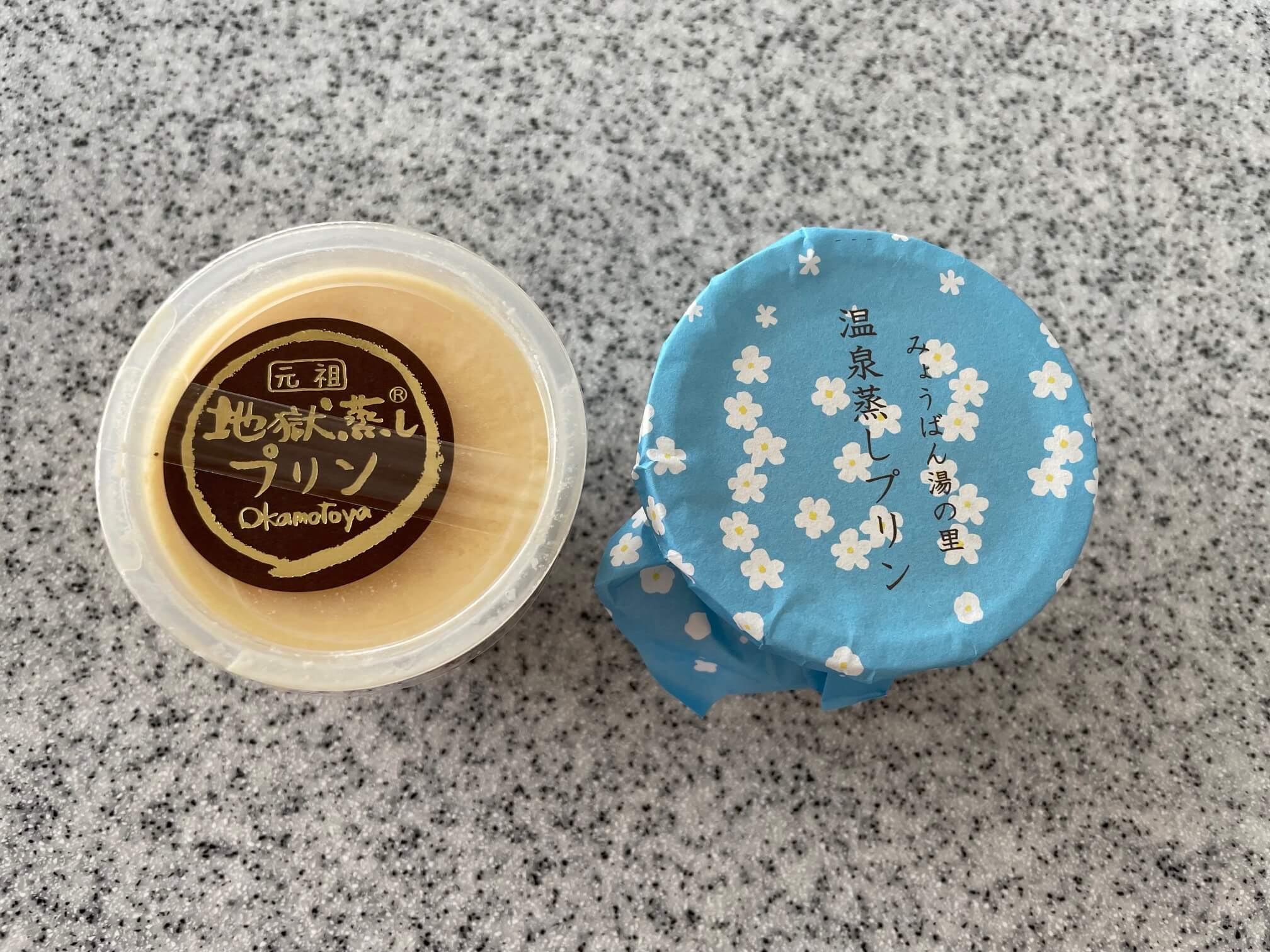About Regional Collective Trademarks
*The same content is also available on Spotify (Japanese only).
Recently, I have been researching a trademark related to a certain regional product, and have come across a number of interesting points.
For example, each region may have its own local specialties, agricultural products, marine products, etc. And even if such products are not well known nationwide, they may be quite well known in the region, including neighboring areas. Even if such products are not well-known nationwide, they may be well-known in neighboring areas.
The system of “regionally based collective trademarks” was introduced on April 1, 2006, with the aim of maintaining the credibility of local products and revitalizing the local economy through the protection of “regional brands”.
Specifically, this system relaxes the registration requirements under the Commercial Code for character trademarks consisting of the name of a region and the name of goods or services that are often used as “regional brands.
A trademark that can be registered as a regionally based collective trademark consists of a combination of the “name of the region” and the “name of the goods or services” etc. The key points are as follows,
- The trademark must be in letters only
- Must be a combination of the “name of the region” and “name of the product,” etc.
- The constituent characters of the trademark are not illustrated.
- The entire trademark is not a common name
The above points must be satisfied.
There are also four key points to register,
First, the application must be made by an organization based in the area. Specifically,
(1) In partnerships established under special laws, such as business cooperatives,
(a) Has a juridical personality
(b) Agricultural cooperatives, fisheries cooperatives, etc., for which the freedom of membership is guaranteed by the relevant special laws.
(2) Chamber of Industry
(3) Chamber of Commerce and Industry
(4) NPOs
(5)Foreign corporations equivalent to these
The application must be made by one of the above organizations.
In addition to these, general incorporated associations are also able to apply under certain conditions. For details, please refer to the JPO article on the following reference site.
Next, the trademark must be a trademark that is to be used by the members of the organization. For example, if it is an association, it must be used by its members, etc.
And third, there must be a connection between the name of the region and the goods (services). For example, the “name of the region” must correspond to the place of production of the goods, etc.
And finally, and this is a particularly important requirement, it must be somewhat well-known among consumers in a certain geographic area.
Specifically, it is necessary to be able to prove by objective facts (sales volume, newspaper reports, etc.) that the product is known to consumers (end consumers or traders) in a certain geographical area through the use of the applicant organization or its members.
For example, in Hyogo Prefecture, where I live, Kobe beef, Nada sake, Kinosaki hot spring, Arima hot spring, and Awajishima onions have been registered as a regional collective trademark.
The advantages of registering a regionally based collective trademark include the legal effect of being able to enforce (attack and defend) your rights against others, and being able to oppose others who use your regionally based collective trademark illegally, from both civil and criminal perspectives.
You can also broaden your business by entering into a license agreement that allows others to use your regionally based collective trademark.
In addition, differentiation effects such as increased transaction credibility and brand power of products and services can be expected. Specifically, by promoting the fact that the product is protected by the government as a local specialty and endorsed by the government, it can lead to an increase in transaction credibility and the brand power of the product or service.
In addition, the exclusive use of a regionally based collective trademark by an organization can be expected to strengthen the organization and create a sense of pride in the brand, such as an increase in the number of association members and the formation of pride in the brand.
Reference Site:
What is the Regional Collective Trademark System?
List of projects for registering a regionally based collective trademark
*Photographs show a comparison of puddings in the Myoban Onsen area of Beppu, where I recently went on a trip (there is also a related article in “note”). (Japanese text only, some paid articles)
About pudding eating comparison and pudding-related trademarks in Beppu, Oita



